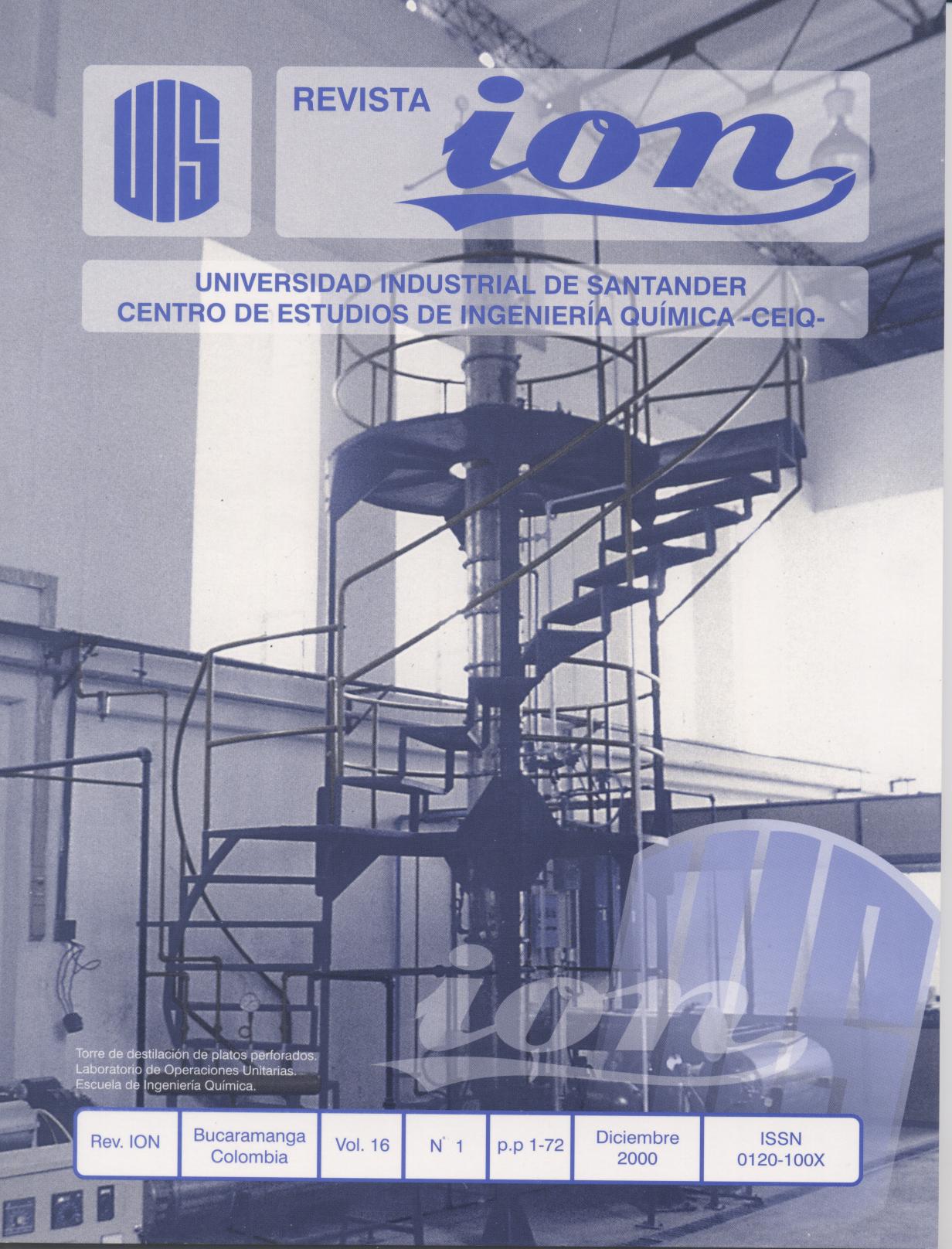MICELIZACIÓN EN SISTEMAS COPOLÍMEROS DE BLOQUE/LÍQUIDOS-ORGANICOS. DIFUSIÓN DE LUZ Y VISCOSIMETRÍA
Publicado 2011-01-21
Como Citar
Resumo
RESUMEN
La forma de las micelas de poliestireno-b-poli(etileno/propileno) y poliestireno-b-poli(etileno/butileno)-b-poliestireno en las cetonas ha sido investigada mediante difusión de luz y viscosimetría. Las micelas de los diferentes sistemas estudiados presentan una dependencia cúbica entre el peso molecular promedio en peso y su radio de giro (aparente). Para los mismos sistemas se ha encontrado que la relación entre el radio hidrodinámico y el radio de giro, posee un valor próximo a 1,3. Estos dos comportamientos, sugieren que las micelas formadas por los copolímeros estudiados (dibloque y tribloque) en las cetonas son de forma esférica. Por otra parte se ha encontrado que una fuerte variación en el gradiente de la concentración de unimeros con la temperatura influye sobre el llamado comportamiento anómalo en las soluciones micelares. Se relaciona la variación de la concentración de unimeros con la temperatura mediante parámetros termodinámicos.
ABSTRACT
The shape of the micelles of polystyrene-b-poly(ethylene/propylene) and polystyrene-b-poly(ethylene/butylene)-b-polystyrene in ketones has been investigated by means of light scattering and viscosimetry. The micelles of the different systems studied show a cubic dependence between the weight-average molar mass and their (apparent) radius of gyration. For the same systems it has been found that the relationship between the hydrodynamic radius and the radius of gyration has a value close to 1,3. These two previous behaviors suggest that the micelles formed by the copolymers studied (diblock and triblock) in ketones are sphere-shaped. On the other hand, it has been found that one strong variation of the concentration of frees-chains in a little interval of the temperature has an influence upon the so-called anomalous behavior in the micellar solutions.

